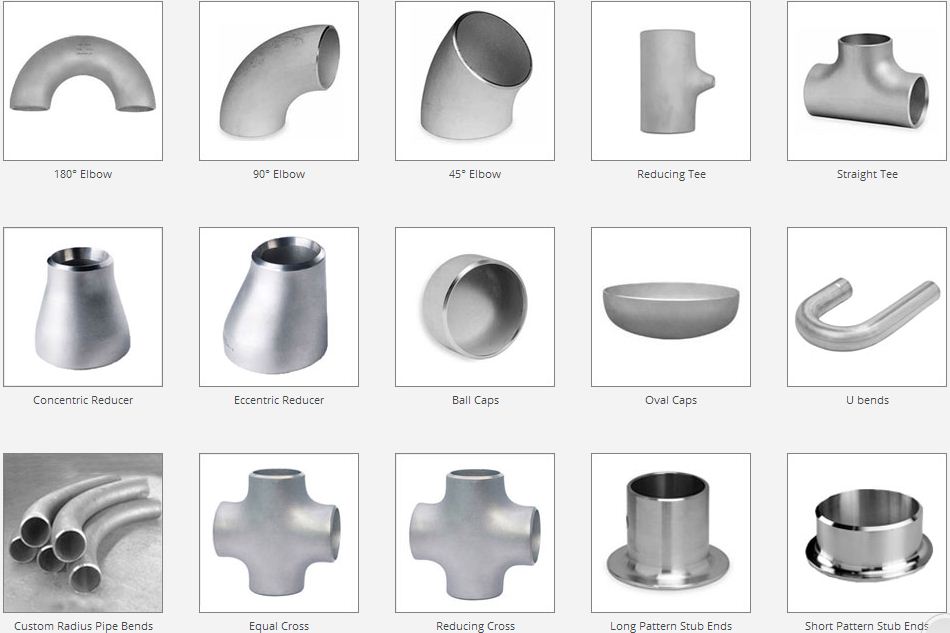Welded pipes are an essential component of many industrial and commercial applications. They are used to transport liquids, gases, and other materials, and they come in a variety of types to suit different needs. In this article, we will explore the different types of welded pipes, including longitudinal, spiral, and electric resistance welded pipes. We will discuss their features, advantages, and common applications. By understanding the different types of welded pipes, you can make informed decisions about selecting the right pipe for your needs.
Introduction to Welded Pipe Types
Welded pipes are made by joining two pieces of metal together using heat and pressure to create a continuous pipeline. They are used in a wide range of industries, including oil and gas, water treatment, and construction. There are several welded pipe types, each with its unique features and advantages.
Longitudinal Welded Pipes
Longitudinal welded pipes are made by rolling a flat steel plate into a cylindrical shape and welding the seam. They are often used for transporting liquids and gases in low to medium-pressure applications. Longitudinal welded pipes are generally less expensive than other types of welded pipes, making them a cost-effective choice for many applications.
Spiral Welded Pipes
Spiral welded pipes are made by rolling a steel plate into a cylindrical shape and welding the seam using a spiral weld. This type of pipe is ideal for transporting fluids and gases in high-pressure applications, as the spiral seam provides greater strength and support. Spiral welded pipes are commonly used in the oil and gas industry, as well as in water treatment and construction.
Electric Resistance Welded Pipes
Electric resistance welded pipes are made by passing an electric current through the metal and heating it to create a weld. This type of pipe is ideal for transporting fluids and gases in low to medium-pressure applications. Electric resistance welded pipes are commonly used in plumbing and HVAC systems, as well as in construction and automotive applications.
Advantages and Common Applications
Each welded pipe type has its unique advantages and applications. Longitudinal welded pipes are cost-effective and commonly used in low to medium-pressure applications, such as water supply systems and irrigation. Spiral welded pipes provide greater strength and support, making them ideal for high-pressure applications in the oil and gas industry. Electric resistance welded pipes are efficient and versatile, making them suitable for a wide range of applications in plumbing, construction, and automotive industries.
In conclusion, welded pipes are essential components in many industrial and commercial applications, and selecting the right type of pipe for your needs is crucial for ensuring optimal performance and reliability. By understanding the different types of welded pipes, their features, advantages, and common applications, you can make informed decisions about selecting the right pipe for your needs. Consult with a qualified engineer or pipe supplier to ensure that you select the right pipe for your specific application and achieve optimal performance and durability.
Whether you need a longitudinal welded pipe for a water supply system, a spiral welded pipe for transporting fluids in the oil and gas industry, or an electric resistance welded pipe for plumbing or HVAC systems, there is a welded pipe type that can meet your needs. With the right selection and installation, you can ensure efficient and reliable fluid transportation in your industrial or commercial application.


